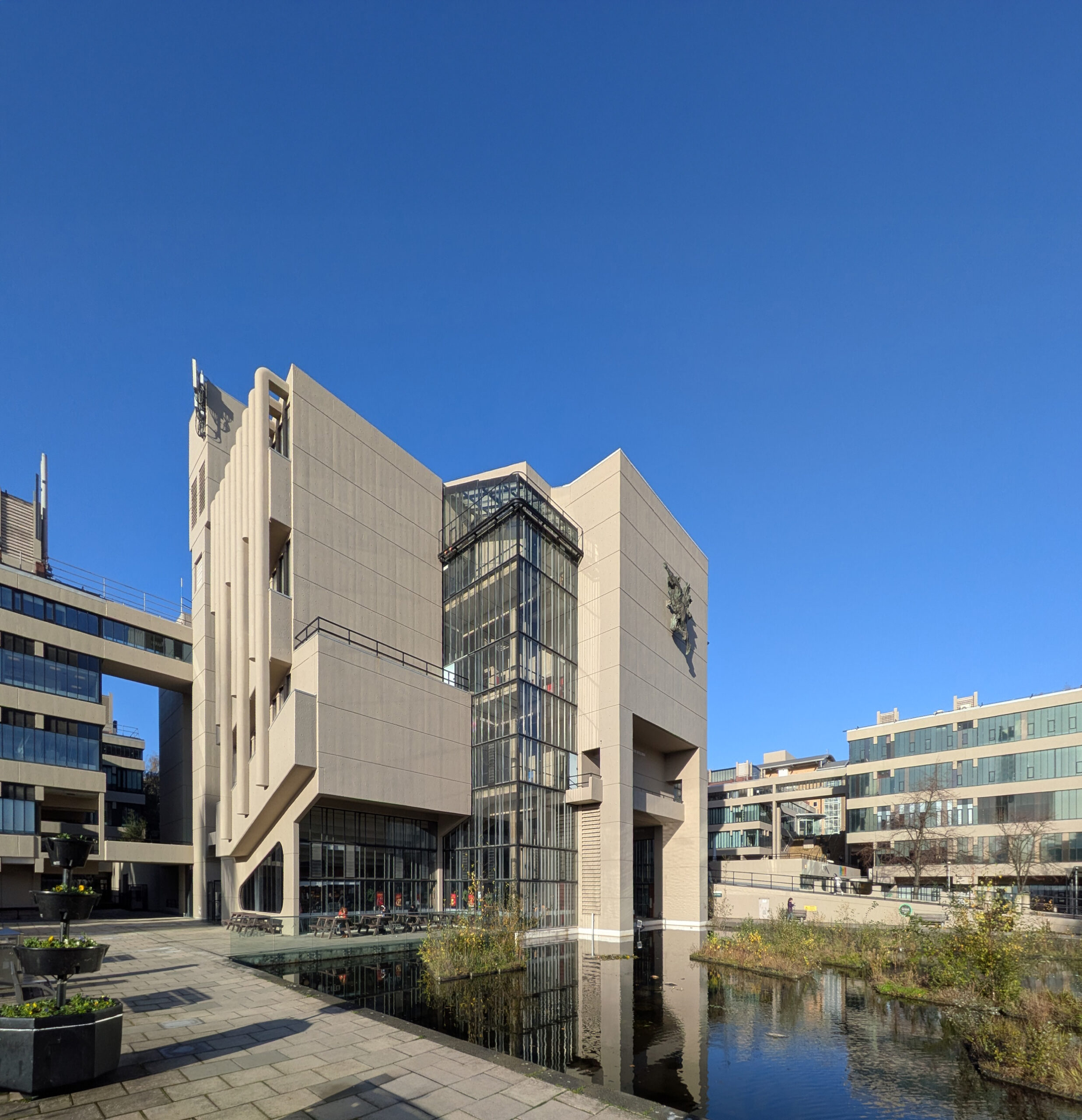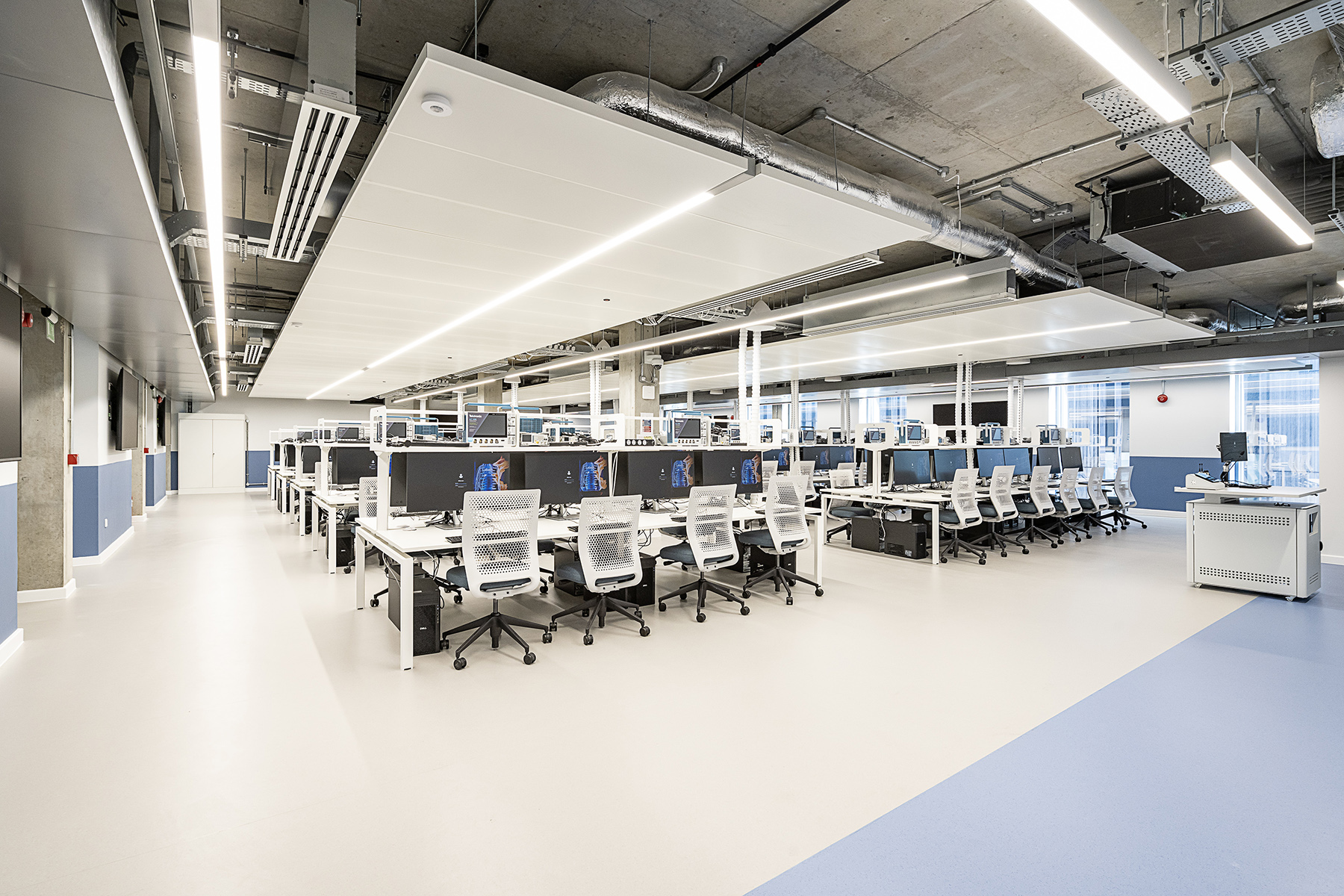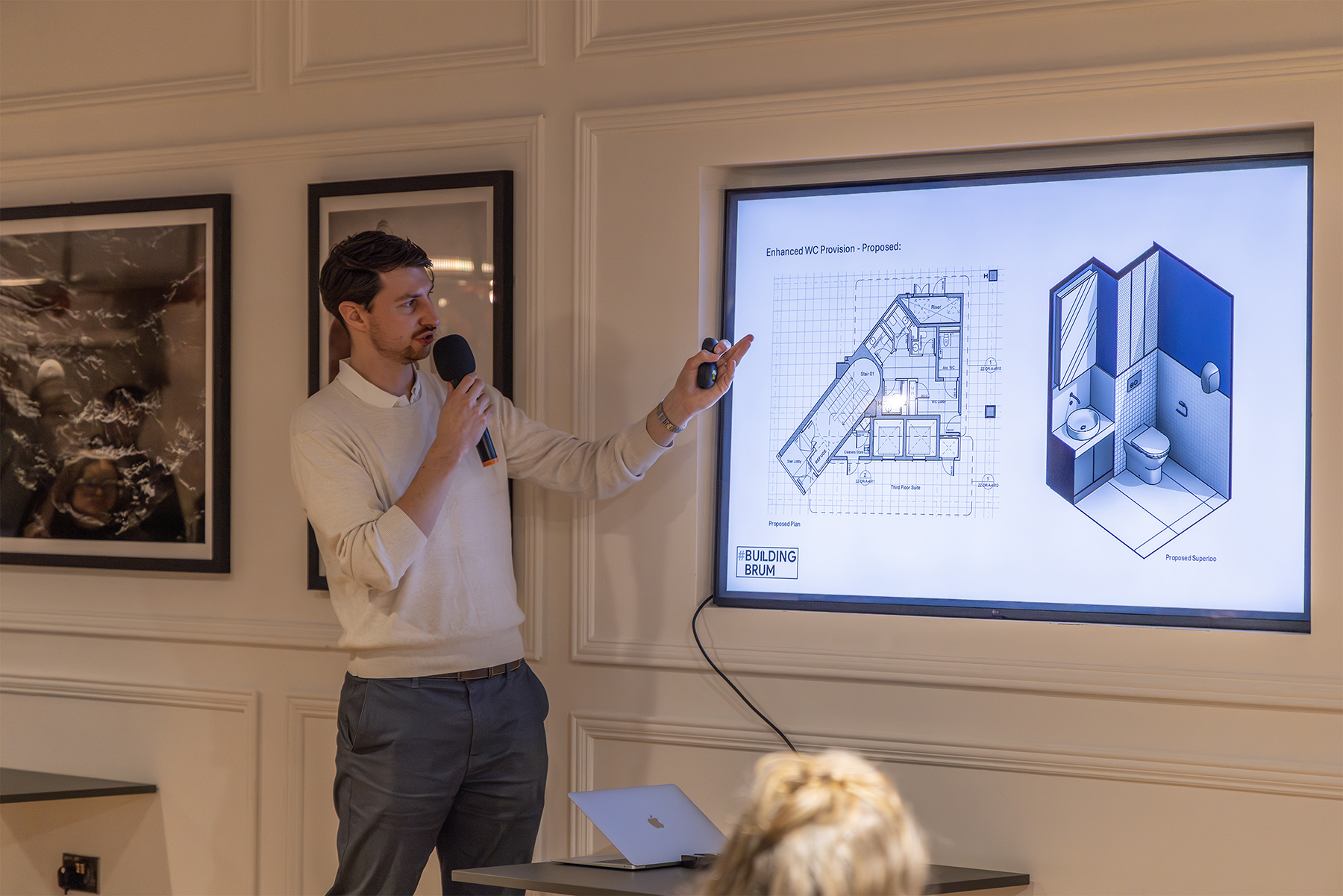The University of Birmingham have submitted plans for a new School of Engineering and rail research and innovation centre. A full 3D animation accompanied the plans, which can be viewed here.
Turley submitted the plans for the Associated Architects-designed scheme on behalf of the university.
The new School of Engineering facility is a 12,676sq.m development. This includes almost 2,500sq.m dedicated to research partnerships with the rail industry, part of the UK Rail Research and Innovation Network (UKRRIN).
The new building comprises:
- School of Engineering – a 10,180sq.m facility which will become the home to the Birmingham Centre for Railway Research and Education, one of the jewels in the crown of research expertise at the University of Birmingham which has recently been awarded the Queens Anniversary Prize.
- UKRRIN Digital Systems Innovation Centre – a 2,496sq.m new building which will support the Birmingham Centre for Railway Research & Education and provide office and lab accommodation for research and academic partnerships in the rail industry.
A leader in the engineering sector
The Birmingham Centre for Railway Research and Education at the University of Birmingham is the largest university-based centre for railway research and education in Europe. Its research partnerships see experts working with over 50 companies in more than 20 countries.
UKRRIN is a £92 million partnership between the rail supply industry and eight universities. It’s purpose is to carry out research that aims to establish the UK as a world-leading centre of railway excellence.
The new facility will focus on innovation in railways-related digital systems. Purpose-designed buildings will create an inspirational and collaborative environment near other related engineering facilities.
The site is located on the southwest side of the campus to develop a new route to the Green Heart, a striking area of parkland being created at the centre of the campus.
The University of Birmingham School of Engineering aims to position itself as a leader in the sector. The strength and quality of its teaching and research will help to attract the world’s best academics. As a result, this should lead to an increase in its academic staff base from approximately 80 to 140 staff.
Joe Belcher – Associate said,
“The building will offer a variety of contemporary and flexible design and research spaces. These will act as an incubator for innovation and strengthen teaching and research partnerships. In addition, the arrangement of the spaces around a generous atrium containing flexible learning environments will also enable greater collaboration between staff and students.”
The scheme’s chosen materials integrate the proposed building with the surrounding urban realm. Many of the specified materials referencing recent developments from around the university campus.













